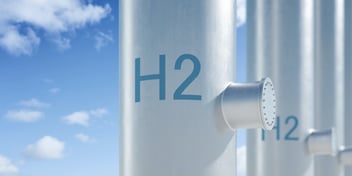Water purification for remote communities within reach with new device
Researchers have prototyped an on-site water purification system that quickly and safely removes pollutants with hydrogen peroxide.
The device, created by scientists from the US Department of Energy’s SLAC National Accelerator Laboratory at Stanford University, requires only 1.7 volts to operate. This means it can be powered by renewable energy sources such as conventional solar panels, said SLAC Associate Staff Scientist Chris Han.
"The idea is to develop an electrochemical cell that generates hydrogen peroxide from oxygen and water on site, and then uses that hydrogen peroxide in groundwater to oxidise organic contaminants that are harmful for humans to ingest," Han said.
The project was a collaboration between three research groups at the SUNCAT Center for Interface Science and Catalysis, which is jointly run by SLAC and Stanford University.
"Our device has three compartments: in the first chamber, oxygen gas flows through the chamber, interfaces with the catalyst… and is reduced into hydrogen peroxide,” Zhihua (Bill) Chen, a graduate student at SUNCAT said.
“The hydrogen peroxide then enters the middle chamber, where it is stored in a solution. In the third chamber, another catalyst converts water into oxygen gas, and repeats the cycle.”
The plan is to enable the system to produce a higher concentration of hydrogen peroxide so it can purify more water, Chen said.
The developers also aim to change the environment within the system from alkaline to neutral so that water doesn’t require neutralising before drinking.
"Currently it's just a prototype, but I personally think it will shine in the area of decentralised water purification for the developing world," said Chen.
"It's like a magic box. I hope it can become a reality."

